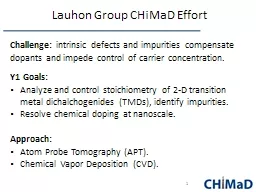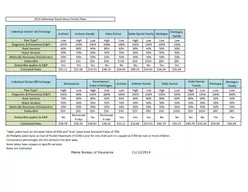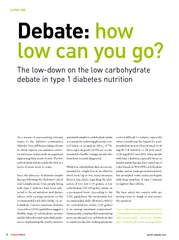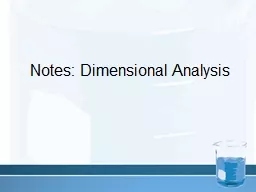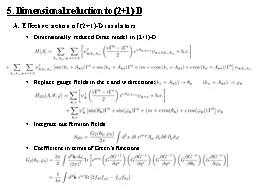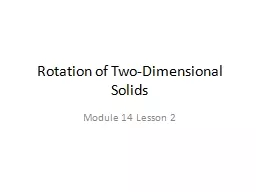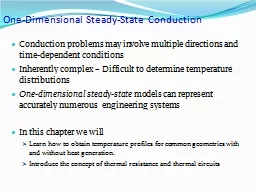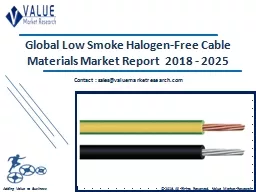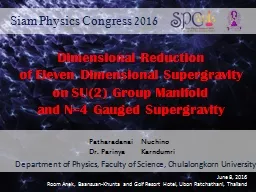PPT-Low-Dimensional Nanoelectronic
Author : celsa-spraggs | Published Date : 2017-04-13
Materials UseCase Group Mark Hersam NU Lincoln Lauhon NU Albert Davydov NIST Francesca Tavazza NIST Arunima Singh NIST Vision Statement Understand and realize
Presentation Embed Code
Download Presentation
Download Presentation The PPT/PDF document "Low-Dimensional Nanoelectronic" is the property of its rightful owner. Permission is granted to download and print the materials on this website for personal, non-commercial use only, and to display it on your personal computer provided you do not modify the materials and that you retain all copyright notices contained in the materials. By downloading content from our website, you accept the terms of this agreement.
Low-Dimensional Nanoelectronic: Transcript
Download Rules Of Document
"Low-Dimensional Nanoelectronic"The content belongs to its owner. You may download and print it for personal use, without modification, and keep all copyright notices. By downloading, you agree to these terms.
Related Documents

